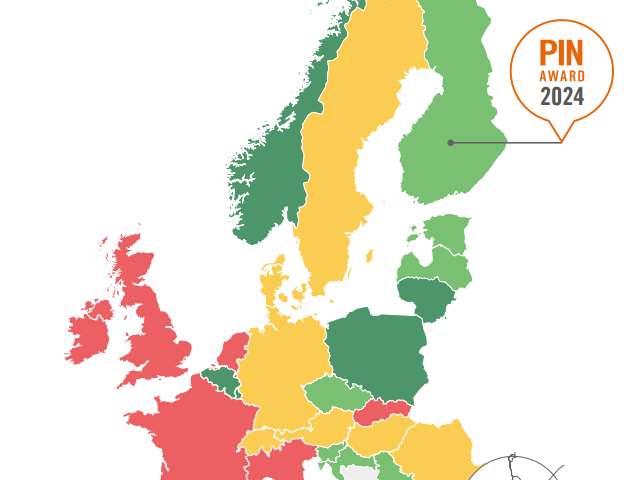
New EU guidance on taxi services lacks action on road safety
The European Commission’s mobility department has published new regulatory guidance for taxi services in the EU that ETSC says is a missed opportunity to improve safety in the sector.
The new rules have almost no mention of measures to improve the safety standards for drivers, vehicles or passengers despite ‘safe local mobility for citizens’ being mentioned in the scope.
According to an ETSC report published in 2016, taxi safety is similar to private cars, yet taxi drivers and their managers have a professional responsibility towards the safety of passengers and other road users. Taxi drivers, unlike professional lorry and bus drivers, do not have to use tachographs to control driving hours or undergo special training in most EU countries. The ETSC report highlighted numerous examples of good practice in these areas, but these are the exception not the norm.
Member States could require key safety criteria to be met as part of taxi operator accreditation, and could also determine driving and resting hours for taxi drivers. Some countries already do this.
ETSC was particularly disappointed that safety organisations were not even consulted on the proposals, but is hopeful that safety concerns can be prioritised in future EU work on taxis.
The new guidelines also say nothing about how to deal with challenges such as distraction through use of app-based taxi services, and driver fatigue also gets no mention. Use of seatbelts and child restraints in taxis is another issue conspicuous by its absence. ETSC says there should be no exemptions from seat belt or child restraint laws for taxi drivers or passengers on short trips.
ETSC has pointed out that local licensing rules for taxi services could require vehicles to meet higher safety standards than the average car, by requiring a Euro NCAP five-star rating, alcohol interlocks or occupant-detecting rear seatbelt reminder systems. These possibilities are also not mentioned in the EU proposals.
Member States could also require more frequent technical inspections for vehicles used as taxis to reflect that they are used more intensively than private cars. This suggestion was backed by the European Parliament in its recent report on road safety.
Ellen Townsend, ETSC’s director of policy said:
“This brand-new guidance for the taxi sector could have said more on safety. The millions of older and vulnerable people who rely on taxi transport for their mobility deserve better than this, as do the hundreds of thousands of men and women employed as taxi drivers. Safer taxis will also benefit road safety in general, making the streets safer for all road users.
“New technologies offer opportunities for the whole taxi sector, traditional and new – to improve safety through driver telematics systems that should be able to record and send feedback on driver working hours, rest times, speed and driver behaviour.”
In December, the European Commission announced that it wants labour regulations in future to be based on the assumption that workers for online ‘digital platforms’ are employees, and are not ‘falsely misclassified’ as self-employed. This could result in millions of workers for so-called gig economy platforms such as Uber receiving the same guarantees as employees on health and safety, sick pay and working hours, with knock-on benefits for road safety.
ETSC sets out its views on how the platform workers directive could be harnessed to improve work-related road safety in its recently-published memorandum to the French Presidency of the EU.
Photo: https://en.wikipedia.org/wiki/Uber#/media/File:Uber_taxi_in_Tomsk_01.jpg








